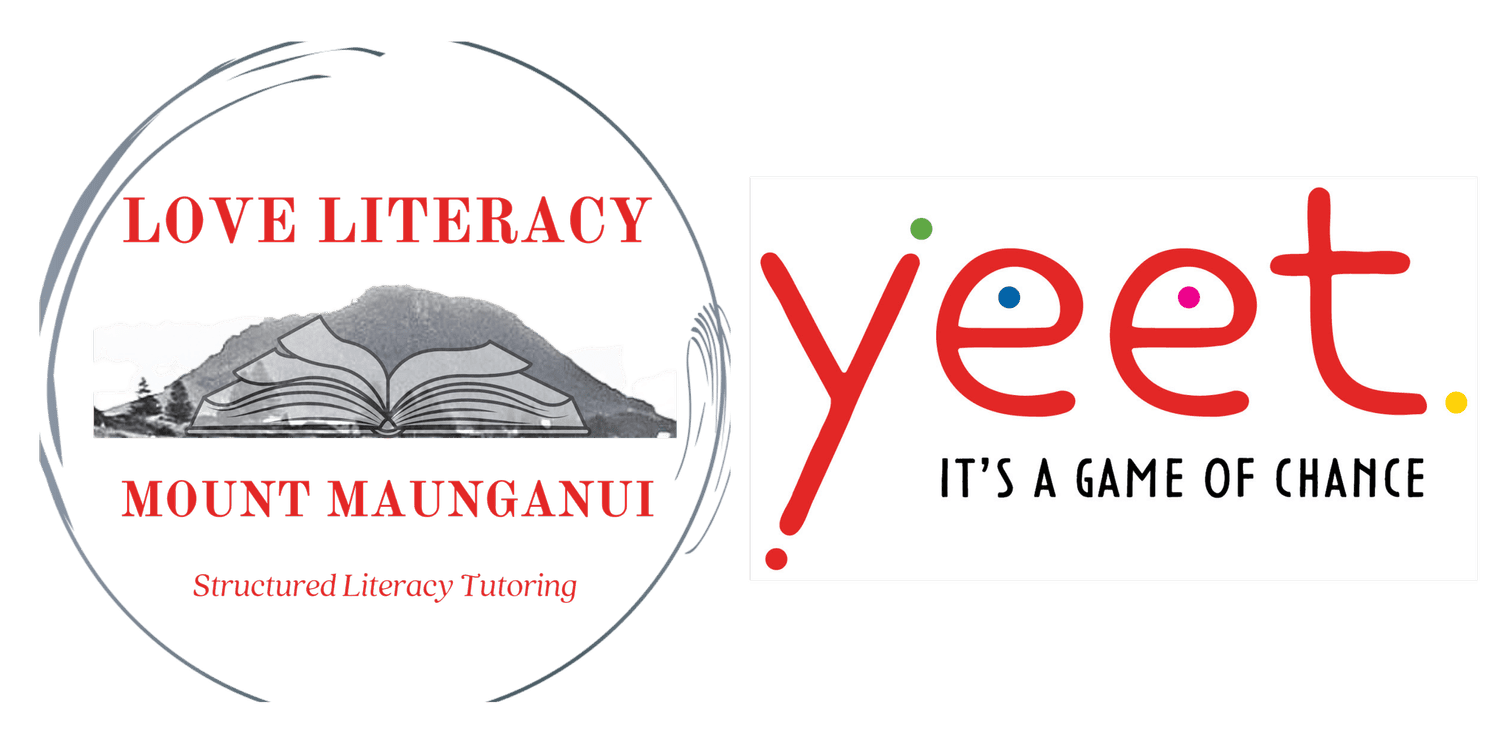Reading Data Snapshot, Term 1 2025 by Heather Down 07 April 2025
It’s the end of Term 1 (2025) in New Zealand, and while I don’t complete a full formal assessment for every student, I do monitor reading progress and provide anecdotal feedback on writing. This term, something exciting stood out—students in my tutoring sessions are making some of the strongest gains in reading that I’ve seen in a while.
While many factors may be contributing, one thing is clear: my decision to combine a phonics scope and sequence with explicit teaching of morphology and structured writing instruction is having an impact.
New Zealand officially began transitioning to a structured approach to literacy in 2025. This national shift is likely also playing a role in improved outcomes across the board, which is really encouraging. But in my own work with struggling readers and writers, it’s the layering of these three instructional threads—phonics, morphology, and writing—that has brought about the most noticeable progress, in my opinion.
A Morpho-Phonemic Language Demands a Morpho-Phonemic Approach
English is a morpho-phonemic language. That means its spelling system is based not only on sound (phonemes) but also on meaning (morphemes). When students learn both how words sound and how they’re built, they begin to unlock the logic of the language.
I start by teaching the most common prefixes and suffixes, then gradually introduce Latin base words. Instead of memorising each new word, students begin to see patterns and make meaningful connections. This is building confidence, improving accuracy, and strengthening long-term retention.
Writing Supports Reading
Explicit writing instruction also has a powerful effect on reading. When students are taught how to form sentences, use punctuation correctly, and expand their ideas with detail and structure, they’re also learning how language works. This deepens their awareness of grammar, vocabulary, and syntax—all essential components of reading comprehension.
In my own lessons, students who write regularly often begin reading with greater fluency and understanding. They are encouraged to read back each sentence as they write it. In doing this, they are becoming more aware of sentence structure and are beginning to develop a stronger sense of their own intent as an author. Writing and reading are reciprocal processes, and teaching them together benefits both.
So, What Does the Data Say?
I currently teach 32 students per week. Last week, I was able to assess 25 of them (with the remaining 7 away due to illness or school events).
Of those 25:
- All were reading age-appropriate, authentic texts.
- Every student was reading at one grade level higher than during their previous progress check.
- 22 students increased both their words per minute (WPM) and reading accuracy.
- 21 students read with over 90% accuracy, and 15 of those exceeded 95%.
- Only 4 students read below 90% accuracy.
Of the three students who showed a slight decrease in WPM while reading a higher-level text, each demonstrated noticeably better expression and attention to accuracy than previously recorded—suggesting developing fluency, not regression.
While I’m still in the process of fully analysing student progress over time, the early trends are exciting and encourage me to keep teaching a structured literacy approach that includes:
- A clear phonics scope and sequence,
- Systematic teaching of morphology, and
- Explicit writing instruction
Overall, it’s producing measurable outcomes, and it will be interesting to compare the data when I monitor progress in early June across both reading and writing, and capture better writing data as well.
